Reading Time: 2 minutes It appears finishing feedlots and cattle buyers are coming to terms with the fact that the COVID-19 pandemic may last longer than earlier anticipated. The “hope” factor that this environment will be short-lived has evaporated. Compared to last week, western Canadian feeder cattle markets traded $3 to as much as $10 lower, with yearlings absorbing […] Read more

Klassen: Weaker fed cattle prices weigh on feeder market
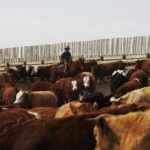
Klassen: Feeder market remains vulnerable
Reading Time: 2 minutes Compared to last week, western Canadian feeder cattle prices were quite variable. Compared to seven days earlier, Alberta feeder prices were unchanged to $5 lower; however, the markets in northern Alberta, Saskatchewan and Manitoba were down $5 to as much as $10 in some cases. Weakness in the yearling markets spilled over into the lighter […] Read more

Klassen: Extreme variability characterizes feeder market
Reading Time: 2 minutes Western Canadian feeder cattle prices were extremely variable over the past week which made the market hard to define. Compared to last week, yearling prices were quoted $2 to as much $6 lower while calves traded $2 lower as much as $5 higher. While some auction crowds were caught up with the negative news coverage, […] Read more

Klassen: Coronavirus fears weigh on feeder markets
Reading Time: 2 minutes Western Canadian feeder prices were not immune to the meltdown of financial and commodity markets last week. Buyers appeared to incorporate a risk discount due to uncertainty in beef demand over the next few months. Compared to last week, larger groups of quality yearlings traded $3-$5 lower while smaller packages were down $4 to as […] Read more
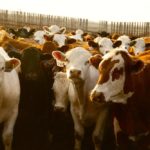
Klassen: Calves remain firm while yearlings falter
Reading Time: 2 minutes Compared to last week, western Canadian yearling markets traded $3-$5 lower while calves and grassers traded within $5 on either side of unchanged. Calves were extremely variable with similar weight cattle sometimes trading $6-$8 apart at the same sale. Supplies of calves coming on the market appear to be lower than last year. This may […] Read more
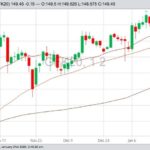
Klassen: Large feedlot inventories lower feeder demand
Reading Time: 2 minutes Compared to last week, western Canadian yearling markets traded $2-$3 on either side of unchanged and mid-weight feeders (600-850 lbs.) were steady to $2 lower, but calves under 600 lbs. were unchanged to as much as $10 lower. Prices were quite variable across the Prairies, which made the market hard to define. The market appeared […] Read more
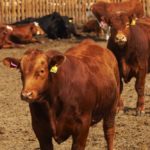
Klassen: Feeder market remains firm
Reading Time: 2 minutes Feeder cattle markets experienced light volumes during the final week of December and prices were relatively unchanged compared to week-ago levels. Yearling values were slightly softer, as these cattle will not have enough time to be ready for the April fed market. Buying interest for mid-weight categories was characterized as sluggish, while light-weight bawlers were […] Read more
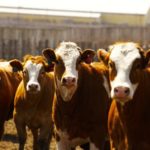
Klassen: Improving margins support lightweight feeder cattle
Reading Time: 2 minutes Compared to last week, Western Canadian feeder cattle markets traded $2 to $4 on either side of unchanged; however, calves under 650 pounds were steady to as much as $5 higher. Bids from Alberta packers were sharply higher with fed cattle trading in the range of $160 to $162 on Friday, up $5 to $6 […] Read more

Klassen: Feeder cattle market volatility continues
Reading Time: 2 minutes Compared to last week, western Canadian feeder cattle markets traded steady to $5 higher on average. For the second week in a row, the markets were quite variable across the Prairies but shorter-keep yearlings appeared to lead the charge higher. In Alberta, quality 900-lb. steers were once again touching the $190 level and 800-lb.-plus steers […] Read more

Klassen: Feeder cattle edge higher on improving margins
Reading Time: 2 minutes Compared to last week, western Canadian yearlings were $2-$3 higher; calf prices were $2 to as much as $4 higher; calves under 600 lbs. were $4 to as much as $10 higher in some cases. February and April live cattle futures appear to be incorporating a risk premium due to the uncertainty in beef production […] Read more


